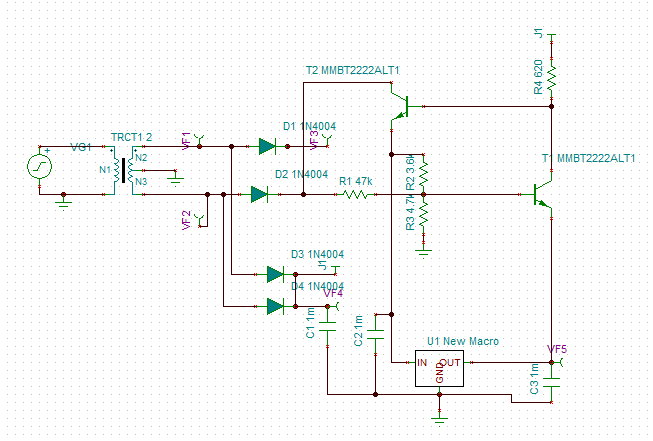Gents,
based on another thread, and some inputs from John, I thought I'd share some schematics that really cause me to scratch my head and admire the tricks done with cheap transistors!
The first is from an ongoing thread:
http://www.ka-electronics.com/images/pdf/Loftech_TS1.pdf
Top left hand corner. The designer did a stellar job of creating a 5V rail from the outputs of the transformer, wtihout burning watts in the regulator. A truly stellar job.
The other is a favourite of mine. Lucid GenX6 Studio clock generator and distributor. The tricks done with detection and user feedback, as well as the circuit around the TLC2932 is beautifully done.
http://www.symetrixaudio.com/kb/GENx6_sch.pdf
Care to share any of the schems you've found over the years that did some truly smart things?
Cheers
R
based on another thread, and some inputs from John, I thought I'd share some schematics that really cause me to scratch my head and admire the tricks done with cheap transistors!
The first is from an ongoing thread:
http://www.ka-electronics.com/images/pdf/Loftech_TS1.pdf
Top left hand corner. The designer did a stellar job of creating a 5V rail from the outputs of the transformer, wtihout burning watts in the regulator. A truly stellar job.
The other is a favourite of mine. Lucid GenX6 Studio clock generator and distributor. The tricks done with detection and user feedback, as well as the circuit around the TLC2932 is beautifully done.
http://www.symetrixaudio.com/kb/GENx6_sch.pdf
Care to share any of the schems you've found over the years that did some truly smart things?
Cheers
R




